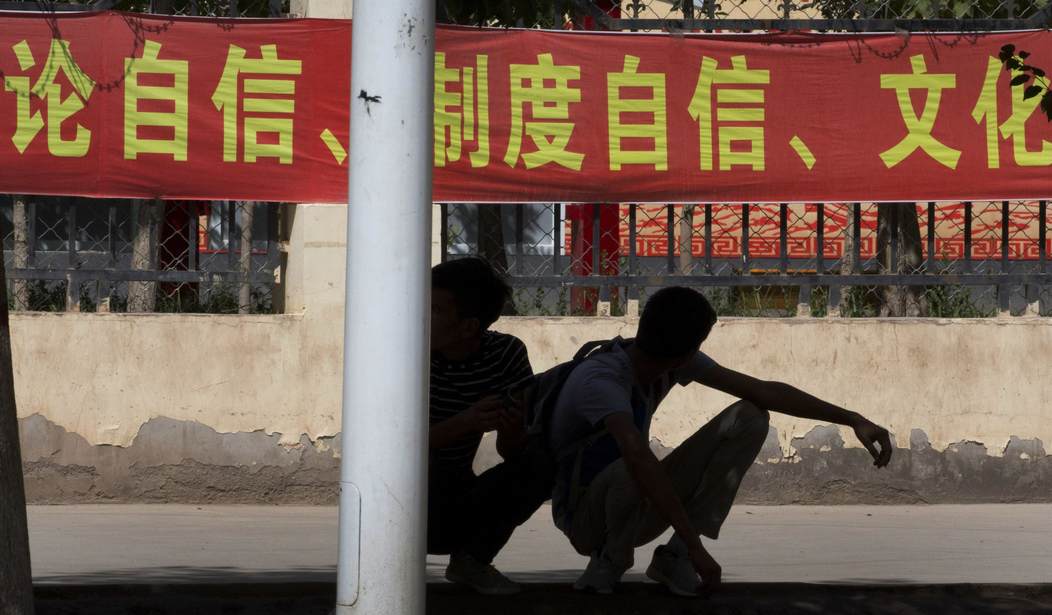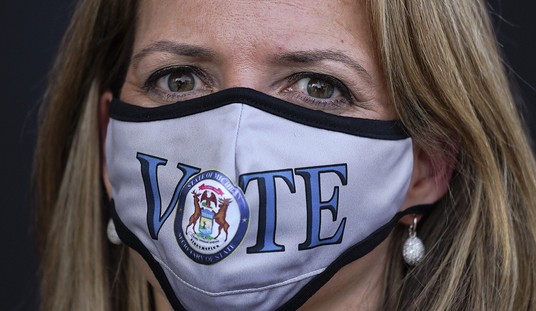We’re doing everything we can to fight racism, but will it ever be enough?
I hope I delivered those words in a very virtuous font.
But judging by a new CNN op-ed, I may not have.
Posted April 8th, “Karate, Wonton, Chow Fun: The End of ‘Chop Suey’ Fonts” schools America on the racism of lettered design.
The article begins with a test:
Here’s a thought experiment: Close your eyes and imagine the font you’d use to depict the word “Chinese.”
So how’d it look? Did you envision an alphabet rife with “the swingy, wedge-shaped strokes you’ve seen on restaurant signs, menus, take-away boxes and kung-fu movie posters?”
If so, well, your diagnosis ain’t good.
That type of writing — the piece poses — has been a “typographical shortcut for ‘Asianness.'”
As it turns out, the use of lettering that looks supposedly Chinese to reference things that are supposedly Chinese…is cringe-y:
It’s hard not to cringe at the Chinese stereotypes bundled up with each font package — especially when seen through the lens of today’s heightened vigilance toward discrimination and systemic racism. Critics believe that using chop suey typefaces is downright racist, particularly when deployed by non-Asian creators.
“Chop suey” fonts, to be clear, have been “cooked up” by type designers in the West.
That would make sense, I suppose, since they’re English fonts.
Witness the whitening:
Wonton
Peking
Buddha
Ginko
Jing Jing
Shanghai
China Doll
Martial Arts
Rice Bowl
Karate
Chow Fun
Ching Chang
And — according to the op-ed — it’s all (American) baloney:
[Historian Paul Shaw] traces the fonts’ origins to the Cleveland Type Foundry which obtained a patent for a calligraphy-style printing type, later named Mandarin, in 1883. It is perhaps no surprise that this Eastern-inspired lettering emerged in the late 19th century, an era when Orientalism coursed feverishly through the West.
“Mandarin, originally known as Chinese, is the granddaddy of ‘chop suey’ types,” Shaw wrote in the design magazine, Print. “Neither the food nor the fonts bear any real relation to true Chinese cuisine or calligraphy. But this has not prevented the proliferation of chop suey lettering and its close identification with Chinese culture outside of China.”
“But can a font,” the author asks, “in itself, truly be racist?”
Here’s what CNN offers:
In 19th-century Germany, using a calligraphic blackletter typeface called Fraktur was considered as an expression of nationalism. German books were printed in this gothic-style font, despite being hard to read. The Nazi party then embraced Fraktur — it was even used on the cover of Adolf Hitler’s manifesto, “Mein Kampf” — before suddenly banning the font in 1941 and categorizing it as Judenlettern (“Jewish letters”).
While the writer admits “some (1930’s) Chinese immigrants themselves used chop suey fonts on their restaurant signs, menus, and advertisements, as a way to heighten the exotic appeal of their establishments,” we could be looking at curvy traumatic triggers:
For an older generation of Asian Americans, spotting the faux brushstroke lettering can trigger past traumas.
“I think of words in anti-Asian or anti-Japanese signs,” wrote Japanese American journalist Gil Asakawa, who began his career during a wave of anti-Japanese sentiment or “Nipponophobia” in the 1980s. “I see (the font) Wonton and I see the words ‘Jap,’ ‘nip,’ ‘chink,’ ‘gook,’ ‘slope.’ I can’t help it. In my experience, the font has been associated too often with racism aimed at me.”
And not only that, but politicians have figured how to finagle fonts for pernicious purposes:
White politicians, meanwhile, have been using chop suey fonts to stoke xenophobia for over a century. In her book, “This is What Democracy Looked Like: A Visual History of the Printed Ballot,” Cooper Union professor Alicia Cheng draws attention to the “chopsticks font,” as she calls it, used by San Francisco politician Dr. C. C. O’Donnell on a 1876 ballot, as he vowed to deport all Chinese immigrants if he was elected into office.
It’s a whole lot of horror, but how do we write right the wrongs of Western civilization’s font fiasco?
For one thing, according to typographer Tom Rickner, “We need to democratize the education of type design across different ethnic and economic, socioeconomic backgrounds.”
“The right way forward is to have bilingual, trilingual, even multilingual typography,” he added, suggesting that Chinese restaurant menus could perhaps, be presented in both English and (either simplified or traditional) Chinese characters.
Tom seeks something celebratory:
“As a type designer, I want to celebrate those languages and those cultures. What we love is building new typefaces that support multiple scripts and languages, and today we’re in such a better place than we were even just five years ago.”
It seems to me we’re headed to a place where anything related to select geography will be labeled as racist.
For example, the notion that rice is “Chinese food” will one day, I predict, be problematic.
But I guess we’ll see.
In the meantime, try not to be racist.
When you write — and, to be extra safe, even when you speak — don’t express yourself in an offensive font.
Stick to Times New Roman — I think that one’s beyond reproach.
And as food for thought — but not Chinese food — here’s another test:
What do you get when you cross this…
This week at #globalcafe we are discussing all things alphabet – come along and send messages in Greek, Russian, Mandarin, Arabic and any more our members can come up with – emojis anyone?? Park Cafe 3.30pm Wednesday – see you there 😺 pic.twitter.com/pF7tPTZTHa
— SLAS LearningDevelop (@UoP_SLAS_lsts) February 26, 2018
With this…
#wordoftheday 字 zi (zih) word/#character. Chinese doesn't have an alphabet, it has #logograms which are part of the oldest continually used language in the world. They are the words themselves. 请问 a CI #teacher about usage. #NJCU #mandarin #language #culture #education pic.twitter.com/DykUIRBh8t
— Confucius Institute (@ConfuciusNJCU) June 24, 2020
Is it this?–
For years, the West has relied on so-called "chop suey" fonts to communicate "Asianness" in food packaging, posters and ad campaigns. But such fonts perpetuate problematic stereotypes. https://t.co/w85xSXp0iN
— CNN (@CNN) April 7, 2021
If your answer is Yes, you’ve probably got some soul searching to do.
-ALEX
See more pieces from me:
Just in Time for Godzilla: Giant Lizard Invades a 7-Eleven
Two Manhattan Doormen Who Did Nothing During an Elderly Woman’s Brutal Beating…Get Shown the Door
California City Bribes Its Homeless to Clean Their Tent Towns With $20 Gift Cards
Find all my RedState work here.
Thank you for reading! Please sound off in the Comments section below.













Join the conversation as a VIP Member